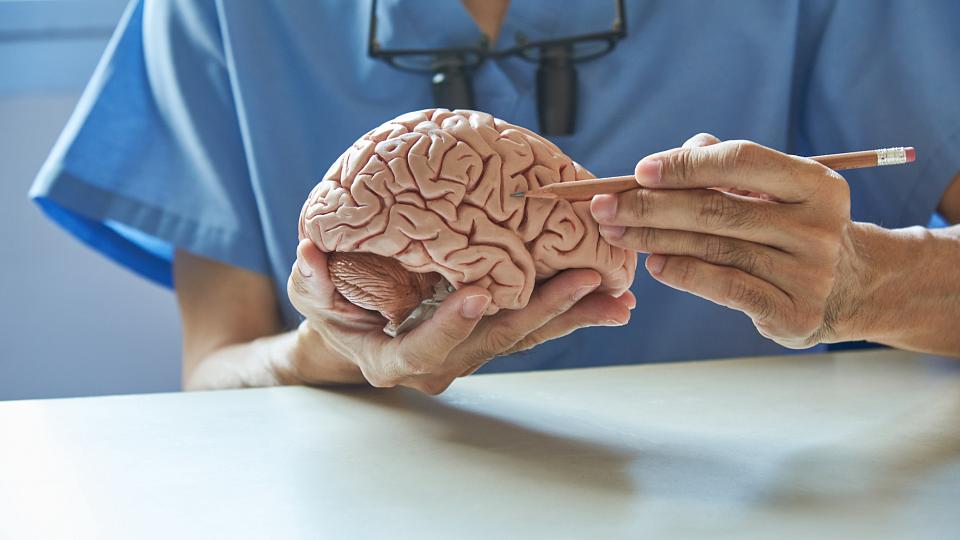
Brain Surgeon
Who Is a Brain Surgeon?
A brain surgeon, also known as a neurosurgeon, is a highly trained medical professional who specializes in diagnosing and surgically treating disorders of the brain, spinal cord, and nervous system. Unlike general surgeons, brain surgeons undergo extensive training, including medical school, residency, and often fellowship programs in specialized areas such as neuro-oncology, cerebrovascular surgery, or pediatric neurosurgery.
Responsibilities of a Brain Surgeon
- Brain Tumors – Removing malignant or benign growths in the brain.
- Aneurysms – Repairing bulging blood vessels to prevent rupture.
- Epilepsy Surgery – Eliminating seizure-causing brain tissue.
- Stroke Management – Removing clots or repairing damaged vessels.
- Traumatic Brain Injury (TBI) – Addressing damage caused by accidents.
- Hydrocephalus Treatment – Draining excess cerebrospinal fluid from the brain.
- Spinal Surgery – Performing procedures on the spine when related to neurological conditions.
Common Brain Surgery Procedures
1. Craniotomy
A craniotomy is one of the most frequently performed brain surgeries. During this procedure, the surgeon temporarily removes a portion of the skull to access the brain and remove tumors, repair aneurysms, or address other neurological issues. After the surgery, the skull is carefully replaced and secured.
2. Endoscopic Brain Surgery
In minimally invasive procedures, surgeons use an endoscope (a thin, flexible tube with a camera) to navigate inside the brain through a small incision. This approach reduces recovery time, minimizes scarring, lowers the risk of complications.
3. Stereotactic Radiosurgery (SRS)
This non-invasive procedure uses precisely focused radiation to treat brain tumors, arteriovenous malformations (AVMs), and other neurological disorders without making an incision. Gamma Knife and CyberKnife are common technologies used for SRS.
4. Deep Brain Stimulation (DBS)
DBS is an advanced technique used to treat movement disorders such as Parkinson’s disease, essential tremor, and dystonia. Surgeons implant electrodes in specific brain areas, which are connected to a pulse generator that regulates abnormal brain activity.
5. Aneurysm Clipping and Coiling
To prevent a brain aneurysm from rupturing, a neurosurgeon may use surgical clipping (placing a metal clip on the aneurysm) or endovascular coiling (inserting a coil into the aneurysm to block blood flow). Both methods help reduce the risk of life-threatening brain hemorrhages.
6. Hydrocephalus Shunt Placement
Patients with hydrocephalus have excess cerebrospinal fluid in the brain, which increases pressure and leads to neurological problems. A shunt system drains the fluid, reducing symptoms and preventing complications.
7. Epilepsy Surgery
For patients with severe epilepsy that does not respond to medication, brain surgery can remove or disconnect the seizure-causing area. This procedure can significantly improve quality of life and reduce the frequency of seizures.
How to Choose the Right Brain Surgeon
1. Experience and Expertise
A surgeon’s experience plays a vital role in the success of brain surgery. Look for a specialist who has performed a high volume of procedures related to your condition. Ask about their success rates, years of experience, and specialized training.
2. Board Certification and Credentials
Ensure that your surgeon is board-certified by reputable organizations such as the American Board of Neurological Surgery. Certification guarantees that the doctor has met rigorous standards of skill and knowledge.
3. Hospital Affiliation
The quality of the hospital where your surgery takes place is just as important as the surgeon’s skills. Leading neurosurgery centers have advanced technology, experienced medical teams, and high standards of patient care.
4. Use of Advanced Technology
Modern brain surgery relies on cutting-edge tools such as intraoperative MRI, neuronavigation, and robotic-assisted surgery. A surgeon who uses these technologies can enhance precision and improve patient outcomes.
5. Patient Reviews and Testimonials
Patient experiences provide valuable insight into a surgeon’s approach, communication, and overall effectiveness. Look for testimonials, ratings, and feedback from previous patients to gauge their satisfaction.
6. Consultation and Communication
A good brain surgeon will explain the procedure, risks, and recovery process in clear terms. During your consultation, ask about alternative treatments, success rates, and what to expect before, during, and after surgery.
Recovery and Post-Surgical Care
1. Hospital Stay and Monitoring
After surgery, patients typically spend a few days in the hospital for close monitoring. Medical teams ensure there are no complications, such as infections or swelling.
2. Medication and Pain Management
Pain management is an essential part of recovery. Doctors prescribe medications to control pain, prevent infections, and reduce inflammation. Follow the prescribed medication schedule to aid healing.
3. Rehabilitation and Therapy
Some patients may require physical therapy, speech therapy, or occupational therapy to regain lost functions. Rehabilitation programs help improve mobility, speech, and cognitive abilities.
4. Lifestyle Adjustments and Follow-Ups
Brain surgery patients should adopt a healthy lifestyle, including a balanced diet, proper hydration, and adequate rest. Regular follow-ups with the neurosurgeon ensure a smooth recovery and monitor for any signs of complications.Contact Us
Conclusion
Brain surgery is a life-changing procedure that requires the expertise of a skilled neurosurgeon. By understanding the different types of brain surgeries, the importance of choosing the right specialist, and the recovery process, patients can make informed decisions about their healthcare journey.Schedule your Consultation with Dr. Ritesh Nawkhare
